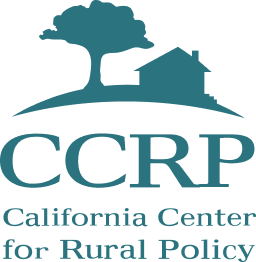California's Rural North: Exploring the Roots of Health Disparities identifies the many challenges the Rural North faces, including striking health disparities compared to the whole of California. The report aims to identify high-impact health determinants contributing to health disparities between the region and the state and to provide targeted policy recommendations for closing these gaps.
To access and download the report, please click on the image of the report cover to the right:
Executive Summary
The population of California’s Rural Association of Northern California Health Officers (RANCHO) region faces many challenges including striking health disparities compared to the whole of California. These health disparities include elevated premature death, rates of disability, and behavioral risk factors.
Multiple data sources suggest that these disparities in health outcomes primarily stem from elevated tobacco use, substance use, and mental health challenges. The consequences of these disparities include elevated lung cancer, respiratory diseases, motor vehicle deaths, drug-induced and liver diseases, and suicides.
The region has a higher proportion of populations at risk for tobacco use, substance use and mental health challenges, including those living in poverty, individuals experiencing homelessness, people with lower levels of educational attainment, people living alone, and those who have experienced multiple Adverse Childhood Experiences (ACEs). While these challenges are experienced broadly in the RANCHO region, people of color, disabled groups, and lesbian, gay, and bisexual individuals face particularly pronounced health and socioeconomic challenges.
The region’s healthcare system does not appear to meet the substance use and mental health needs of the region. Data suggests that there is a substantial unmet need for substance use treatment and the entirety of the region is a mental health provider shortage area. Those with low or moderate income appear most impacted by the region’s shortage of healthcare providers.
In light of these findings, this report underscores three policy focus areas, with a particular focus on serving the at-risk populations:
- Smoking Prevention, Education, and Cessation
- Substance Use Prevention and Treatment
- Suicide Prevention and Access to Mental Health Care
Addressing these concerns in the RANCHO region is imperative to bridge healthcare disparities and enhance the overall well-being of its residents.

